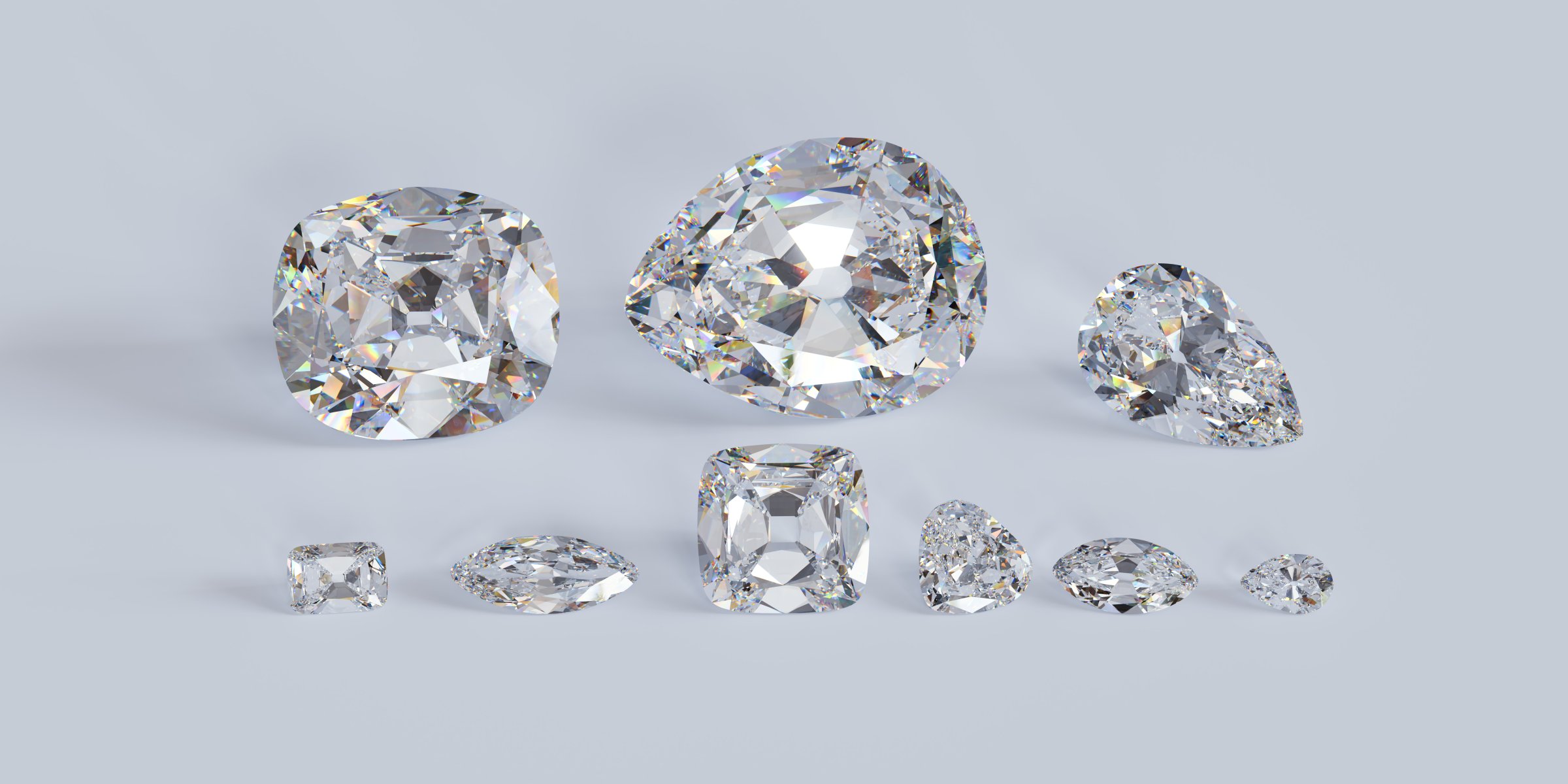
The spotlight has once again fallen on the British monarchy’s crown jewels, this time as South Africa calls for the return of the world’s largest diamond.
When Buckingham Palace announced in February that Camilla, Queen Consort, would not be crowned with the controversially-sourced Kohinoor diamond during King Charles III’s coronation on May 6, some lauded this as a diplomatic gesture. Many historians have pointed out that the 105-carat oval treasure was obtained via coercion of the 11-year-old emperor of the Sikhs, Maharaja Duleep Singh, in the 19th century.
But selected in its place were the Cullinan III, IV, and V diamonds from Queen Elizabeth’s jewelry collection, which were all originally cut from South Africa’s Cullinan diamond. The replacement appeared to switch one colonial exploit for another and now a new petition with over 8,000 signatures is calling for the largest Cullinan diamond to be returned.
The Cullinan, originally 3,100 carats, was mined near the capital city of Pretoria. The gemstone was cut into nine large stones and around 100 smaller ones. The Cullinan I, the largest cut, is a 530-carat diamond known as the “Star of Africa,” which will be set in the royal scepter that King Charles III will hold at his coronation on Saturday. The Cullinan II, a smaller diamond, is also set in the Imperial State Crown, while the rest of the gems remain part of the crown jewels displayed in the Tower of London.
More from TIME
“The diamond needs to come to South Africa. It needs to be a sign of our pride, our heritage and our culture,” Mothusi Kamanga, a lawyer and activist based in Johannesburg, told Reuters.
“I think generally the African people are starting to realize that to decolonize is not just to let people have certain freedoms, but it’s also to take back what has been expropriated from us,” Kamanga added.
The diamond was discovered in 1905, while South Africa was still under colonial occupation by the British, leading some historians to argue that those who gifted the gemstone to King Edward VII in 1907 were never its rightful owners.
The Cullinan was offered to the monarch in the hopes of repairing ties between local colonial rulers and the British Empire following the Second Boer War, which ended in 1902, and saw the Dutch-led South African Republic, also known as the Transvaal Republic, annexed into the British Empire. In this way, the Cullinan differs from the Kohinoor.
Read More: Why Camilla Won’t Wear the Controversial Kohinoor Diamond at King Charles III’s Coronation
The Kohinoor was mined in modern-day Andhra Pradesh, during the Kakatiyan dynasty of the 12th to 14th centuries. It passed through various hands—from the Mughal Empire in the 16th century and later to Persians and Afghans—before it was presented to Queen Victoria by the East India Company in 1851.
After India gained independence in 1947, the government unsuccessfully requested the diamond’s return. But after the passing of Queen Elizabeth last year, a campaign calling for the jewel’s repatriation was once again ignited.
Like the Kohinoor, many argue that the Cullinan’s gifting serves as a stark symbol of British imperialism at a time where there is renewed attention on the colonial exploits of the royal institution.
In April, the Guardian published new archival research that showed that direct ancestors of King Charles owned slaves. Documents unearthed by Desirée Baptiste show that King Charles is the descendent of Edward Porteus, a 17th century tobacco plantation owner in Virginia who received a shipment of at least 200 enslaved people from the Royal African Company in 1686.
As Buckingham Palace attempts to deliver on its vision of a coronation that “will reflect the Monarch’s role today and look towards the future,” the nations calling for the return of their jewels could see this as a contradiction.
More Must-Reads From TIME
- The 100 Most Influential People of 2024
- How Far Trump Would Go
- Scenes From Pro-Palestinian Encampments Across U.S. Universities
- Saving Seconds Is Better Than Hours
- Why Your Breakfast Should Start with a Vegetable
- 6 Compliments That Land Every Time
- Welcome to the Golden Age of Ryan Gosling
- Want Weekly Recs on What to Watch, Read, and More? Sign Up for Worth Your Time
Write to Armani Syed at armani.syed@time.com